Amidst the Sierra de los Organos in the Pinar del Río providence, less than 3 hours west of Havana, sits the Viñales Valley. A flourishing, evergreen utopia with breathtaking views.
This lush, mountainous and rural landscape is home to some of Cuba’s (and the world’s) most unique geological formations and several of the island’s natural treasures.
Expansive azure blue skies and sun-dappled days are characteristic of the region. The road to Viñales is a winding and enchanting journey bursting with vibrant greenery and lined with wildflowers and majestic royal palm trees. These create a delightful homegrown cocktail of aromas that mix with the earthy mountain air signaling your arrival in this prehistoric Edenesque garden.
Must See – Natural Wonders
The Mogotes
Massive leafy mogotes (steep, dome-like limestone hills) rise from the flat land creating a natural border throughout the valley and around the region’s vast tobacco plantations. These mysterious and mesmerising structures are like sleeping giants and are only found in a handful of places around the world. Legend tells of gold and treasures hidden in the mogotes by pirates and hopeful travellers roam the region in search of the fabled riches.
The mogotes have also become very popular rock-climbing spots with stunning overhangs of stalactites and tufa columns. There are also a multitude of lush hiking and biking trails. One can even take in the views on horseback. And for a truly mystical experience, nothing beats catching the sunrise after an early morning hike ascending these impressive and unique structures.
The Caves
Viñales is also home to Cuba’s largest natural cave system. These caves provided shelter, at different points throughout history, to the island’s native Taino population, to newly arrived Spanish colonists, and to runaway slaves. Today, visitors to Viñales can take-in the history, discover new depths and admire the beauty of these natural cathedral-like spaces on a hiking or boat tour. Floating along a dimly lit stream, listening to the echoes of cold water dripping off stalactites, they can observe the murals and relics left behind by a unique cultural blend of island inhabitants.
We highly recommend the Gran Caverna de Santo Tomás, which is part of the second largest cave system in the American continent. Here you’ll find bats, splendid underground pools, and ever-changing stalagmites and stalactites. There is no artificial light (headlamps are provided), and the caves are damp with some steep climbing required over slippery rocks. You’ll want to come prepared with comfortable and appropriate footwear.
Must Do – Cultural Experiences
Tobacco fields
The Viñales Valley is a culturally significant and “living landscape” where traditional forms of agriculture have survived, unchanged, for centuries. The valley’s geography, coupled with the climate in this western side of the island, produce abundantly fertile lands. Vast fields with seemingly endless rows of green leaves showcase a national patrimony: tobacco. Cuba is the birthplace of the cigar, and the Viñales Valley is its beating heart.
Time here follows the seasons, and is measured in sunrises and sunsets, in passing clouds and droplets of rain. Travellers can take in the ethereal scene and tobacco laden fields of Viñales cruising through the area’s many biking and hiking trails, riding an ox cart or on horseback.
Cigar rolling and tasting
On an exclusive tour of a multi-generational tobacco farm, travellers can partake in this time-honoured tradition and experience every step of the process. From the fledgling tobacco plants rooted in the ruddy copper soil, to the cultivation and harvesting process, the rows of wrinkled tobacco leaves suspended in the curing barns or kiln houses, and the cigar-making process which is still handed down through the generations and is entirely un-mechanised.
Cigar making in a plantation of Viñales, Pinar del Rio, Cuba
Sitting with a local farmer in a typical drying barn, surrounded by rows of this precious crop, travellers learn secret methods and family techniques for hand-rolling cigars with a twist. Once puffing on one of these honey-dipped puros, just like Che Guevara once did, you may never leave.
Where to eat
Tobacco farming is not the Viñales Valley’s only agricultural draw. Until the fall of the Soviet Union, sugar had been Cuba’s principal export, with sprawling plantations using pesticides and other pollutants. Afterwards, Cuban farmers re-adopted age-old methods of land cultivation, and re-introduced sustainable, organic farming practices. They established smaller plots that could be plowed by oxen and required no pesticides, and shifted to more localised distribution methods, becoming an international forerunner in sustainable agriculture.
Finca Agroecológica El Paraiso
This family owned farm or finca, run by a father and daughter team perfectly exemplifies the Cuban organic farm-to-table experience. The finca serves up a plethora of food, from succulent roast pork, to soulful country soups, ripe colourful plates of cucumbers, avocados, and squashes, along with grilled pineapple, and more! All grown and raised on the property. Try their signature cocktail ― “Anti-Stress” ― made with coconut milk, fresh pineapple juice, an abundant mix of freshly picked farm-raise herbs, a drizzle of honey and Havana Club rum. It does not disappoint!
La Berenjena
This eco restaurant located on a main street in the centre of town has its own garden and makes their own honey. It caters to vegetarian and vegan foodies, providing much variety to the typical Cuban food scene. Diners can enjoy an array of fruity shakes and juices, and a great selection of dishes including hearty soups, vegetable lasagna, a seitan sandwich, the super berenjena (eggplant), and more. There are also non vegetarian options available like boliche, a traditional Cuban dish.
Where to shop
Mercado de Artesanía
The regional culture of Viñales draws from its traditional inhabitants, the Taínos, who were related to the Arawak people. In present day, a small mountain community of campesinos known as Los Aquáticos remain. These influences, along with the modern agrarian population, have created a rich heritage of arts and crafts. At this artisanal local market travellers can find everything from handmade jewelry, to traditional pottery, metal and woodworking pieces.
Fruit stands
The fruit in Cuba is incredibly delicious so do yourself a favour and make a pitstop at one of the many roadside stands and porch-side vendors throughout Viñales for a taste of some of the most delicious fruits you’ve probably never heard of. Yes, you’ll want to sample the succulent pineapples, mangoes, tomatoes and watermelon or sandía. They are out of this world! But don’t miss the delectable guayabas, mamey, frutabomba, guanábana, mamoncillos, anon, sour oranges, and so much more!
To read more about our Cuba series, click here




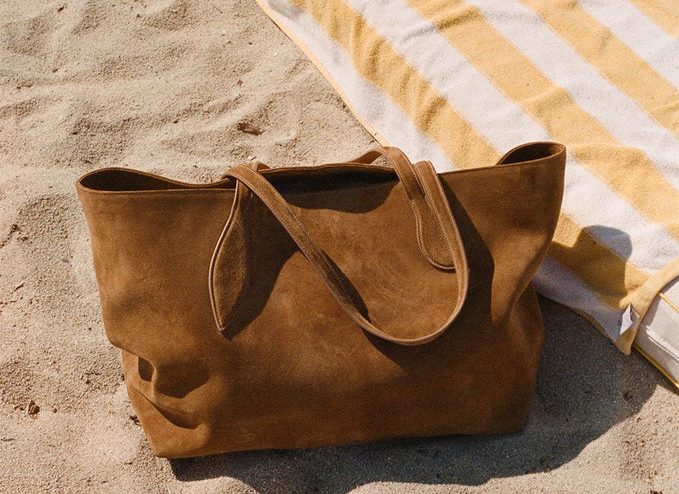


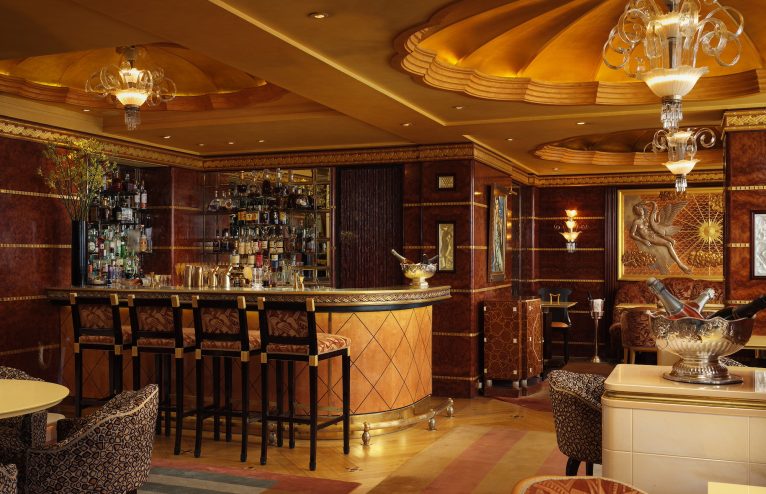
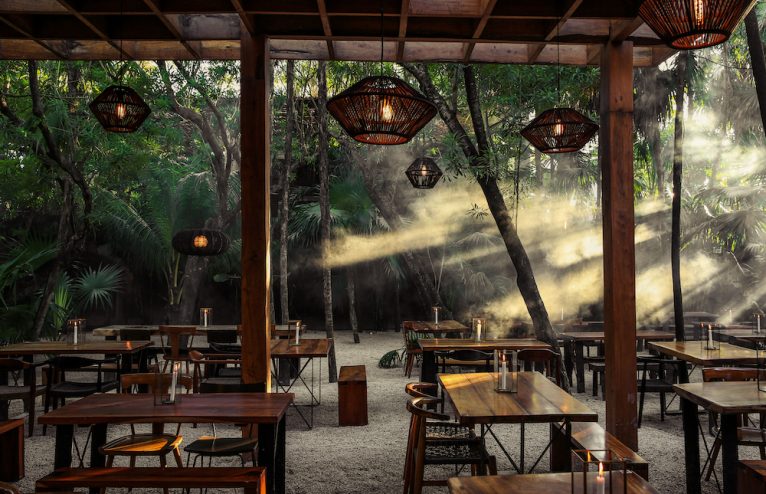

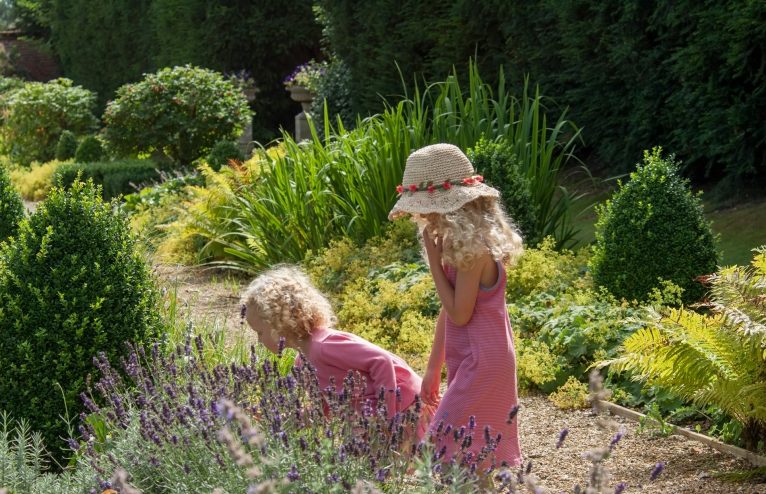








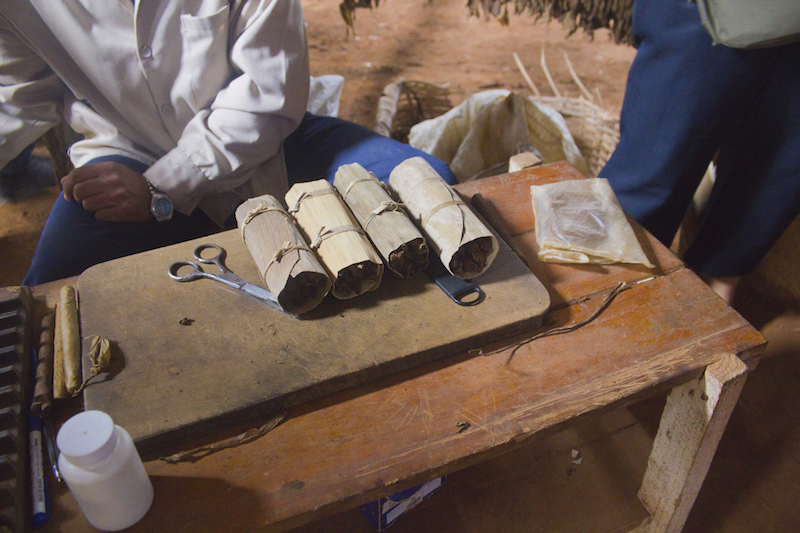






Any Questions or Tips to add?